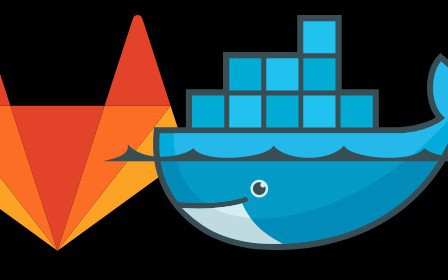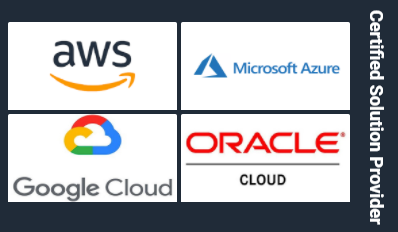Team Topologies: Organizing Business and Technology Teams
Effective software teams are essential for any organization to deliver value continuously and sustainably. But how do you build the best team organization for your specific goals, culture, and needs?
In the first episode of a two-part series, Matthew Skelton and Manuel Pais, authors of the new book Team Topologies: Organizing Business and Technology Teams for Fast Flow, join the Dev Interrupted podcast to share their secrets to successful team patterns and organization design. They also discuss how to build adaptive team models capable of evolving with technological change and organizational maturity.


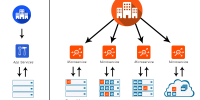
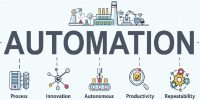
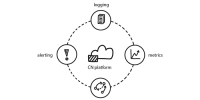
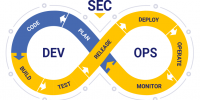
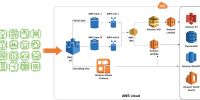
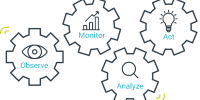
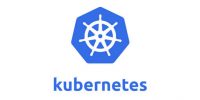






 If you’re an SRE, there’s a decent chance that you live and die by the “Four Golden Signals.” Alongside similar concepts like the RED Method, the Four Golden Signals form the foundation for many a monitoring and observability strategy today.
If you’re an SRE, there’s a decent chance that you live and die by the “Four Golden Signals.” Alongside similar concepts like the RED Method, the Four Golden Signals form the foundation for many a monitoring and observability strategy today.


